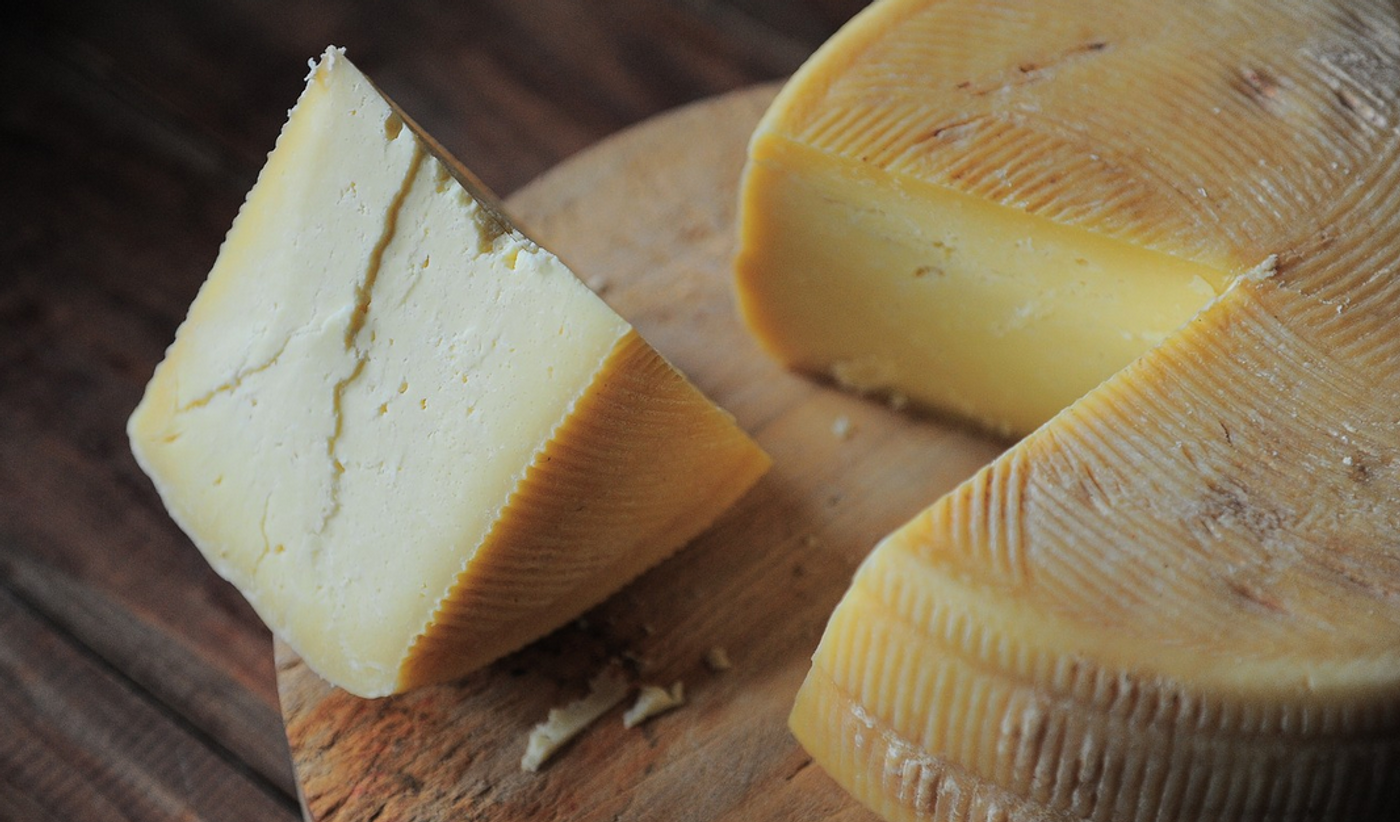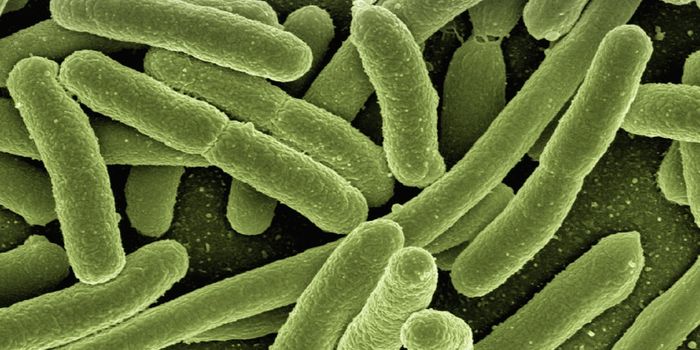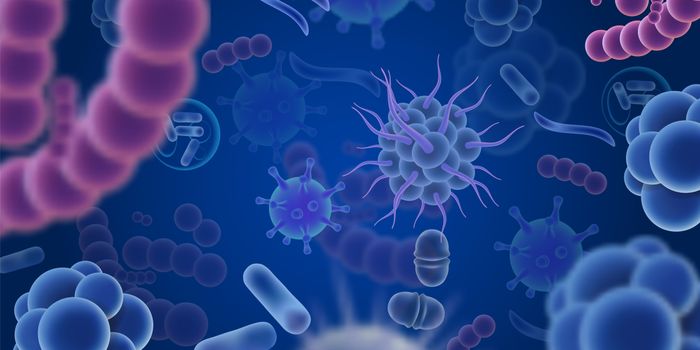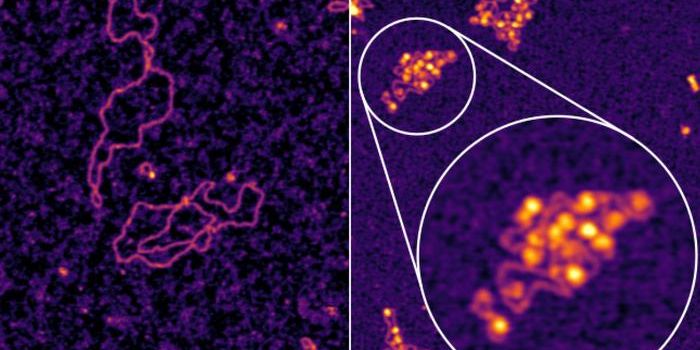Good Bacteria Can Protect Us From the Nasty Stuff in Cheese
Cheese doesn't have many ingredients, and while it doesn't contain preservatives, it does contain milk. Additives like those used in deli meat cannot be applied to cheese because of federal regulations. So what keeps it from spoiling easily?
"It's a huge risk because if there are pathogenic bacteria in raw milk and you make cheese from that milk, they can propagate and that can cause illness," explained Dennis D'Amico, associate professor of dairy foods at the Unversity of Connecticut.
As cheese is being produced, cheese makers can use bacterial cultures to transform milk into cheese. Those bacteria can also outgrow nasty microbial pathogens. Recent research has suggested that beneficial bacteria also seem to prevent pathogens from being able to infect cells.
D'Amico and colleagues have previously screened protective bacterial cultures to identify those that might be good at fighting common food borne pathogens, such as Salmonella, E. coli, or Listeria. Listeriosis has a 20 to 30 percent mortality rate.
Bacterial cultures that could protect against infection were identified in a new study reported in Food Research International. This research has revealed some of the ways bacterial cultures tamp down pathogenicity. The cultures identified in this study could help reduce the risk of foodborne illness if they're used by food producers (who now know which bacterial cultures to select for a beneficial effect).
The behavior of bacteria may change depending on their environment. Bacterial biofilms, for example, can gain new abilities, and are much tougher destroy than individual microbes.
There has also been an ongoing evolutionary race between microbes for ages, and it plays out on small scales all the time. When bacteria are growing in an environment in which antimicrobial metabolites are generated, and a pathogenic microbe detects that, the pathogen can move into a kind of 'fight or flight' phase. The pathogen is able to activate genes that help it survive and withstand the antimicrobial molecules from the other bacteria, while deactivating other genes that are not essential, including those that would cause illness if they infected a person.
A Listeria pathogen must first withstand the harsh environment of the gut in order to infect colon cells, then cross the lining of the epithelium and cause illness. The pathogen may survive, but it has to perform all those additional steps to make a person sick.
This study indicated that protective bacteria called Lactiplantibacillus plantarum can impair Listeria's ability to make it through the gastrointestinal tract, and can also stop Listeria infection. While Listeria that was exposed to Lactiplantibacillus plantarum could still attach to cells, it was barely able to enter colon cells, and was not able to cross the epithelial barrier.
D'Amico 's team is working to confirm the benefits of these cultures in practice.
Sources: University of Connecticut, Food Research International









